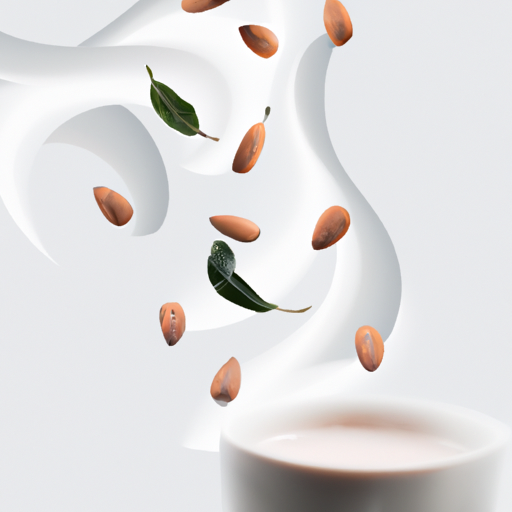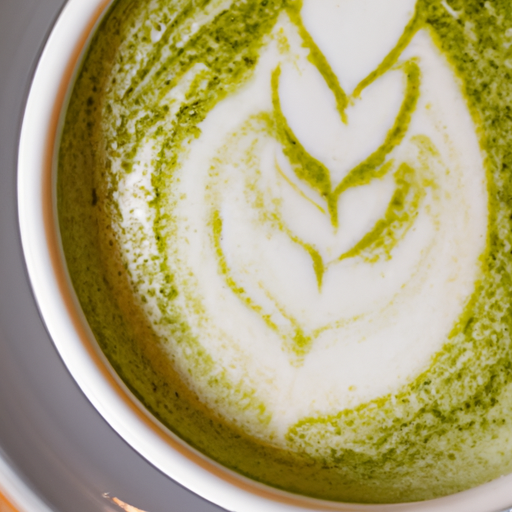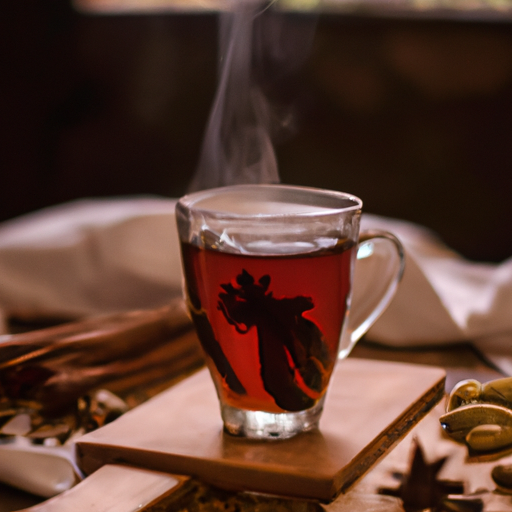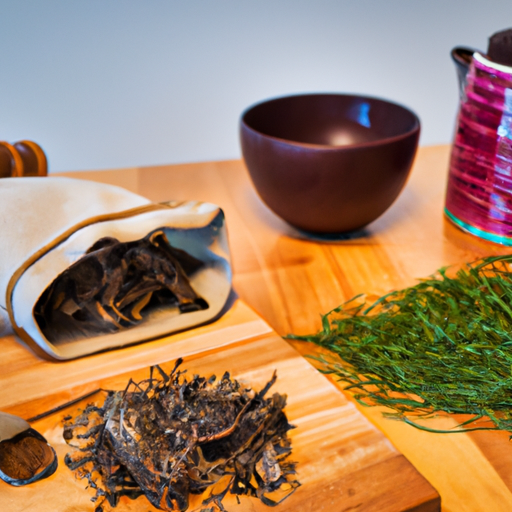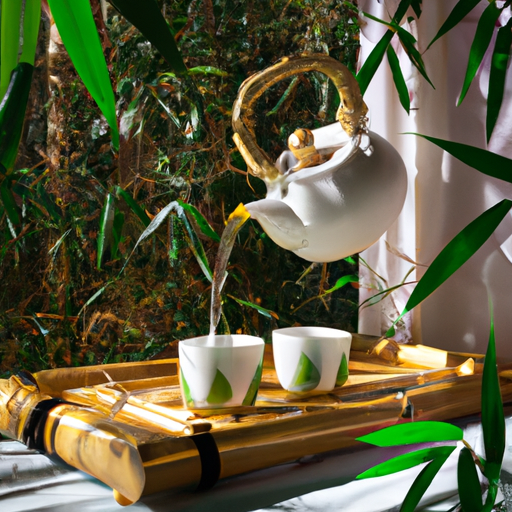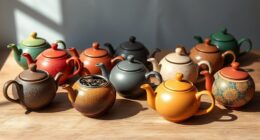As I sit down to enjoy a steaming cup of Earl Grey tea, the aromatic scent of bergamot fills the air, instantly transporting me to a place of tranquility and indulgence. Earl Grey tea, named after the esteemed British Prime Minister Charles Grey, is a beloved blend that has captured the hearts of tea enthusiasts around the world.
But what about its caffeine content? As a tea lover, I am often curious about the stimulating effects of the beverages I consume. Earl Grey tea is traditionally made with black tea leaves and infused with the essence of bergamot oil, giving it a unique and tantalizing flavor profile. However, there are various types of Earl Grey tea available, each with its own distinct characteristics and caffeine levels.
In this article, we will explore the caffeine content of Earl Grey tea and delve into the different types of this flavorful blend. Whether you prefer the classic black tea base or opt for a green tea variation, join me as we uncover the fascinating world of Earl Grey tea and its invigorating properties.
So grab your favorite teacup and let’s embark on a journey of aroma, taste, and caffeine-induced bliss.
Key Takeaways
- Earl Grey tea is a blend of black tea leaves and bergamot oil named after British Prime Minister Charles Grey.
- Earl Grey tea offers various types, each with distinct characteristics and caffeine levels.
- Earl Grey tea provides several benefits, such as antioxidants and potentially boosting mental alertness.
- Individuals should be mindful of their caffeine consumption and consider their personal tolerance levels and health goals when consuming Earl Grey tea.
What is Earl Grey Tea?
I know that Earl Grey tea is a popular blend of black tea leaves and bergamot oil, named after British Prime Minister Charles Grey. It’s a delightful and aromatic tea that has gained worldwide recognition for its unique flavor profile. Earl Grey tea offers several benefits, such as providing a dose of antioxidants and potentially boosting mental alertness due to the presence of caffeine.
When it comes to brewing techniques, it’s important to use high-quality loose leaf tea to ensure the best flavor. The water temperature should be around 195-205°F (90-96°C) for black tea. Steep the tea leaves for about 3-5 minutes, but avoid oversteeping as it can lead to a bitter taste. Adding a touch of honey or a slice of lemon can enhance the flavors of Earl Grey tea.
Types of Earl Grey
There are various types of Earl Grey tea available, such as Earl Grey Green, Herbal Grey Tea, Blue Lady Grey, Rose Grey, and Earl Grey De La Crème. Each type of Earl Grey tea offers a unique twist on the classic bergamot flavor.
Earl Grey Green combines the floral notes of green tea with the citrusy bergamot, creating a refreshing and aromatic blend.
Herbal Grey Tea, on the other hand, replaces the traditional black tea base with herbal ingredients like rooibos or honey bush, resulting in a caffeine-free alternative.
Blue Lady Grey infuses the bergamot flavor with hints of lavender and citrus for a soothing and fragrant cup.
Rose Grey adds a delicate touch of rose petals to the mix, creating a floral and romantic experience.
Earl Grey De La Crème combines the bergamot flavor with creamy vanilla, offering a rich and indulgent taste.
Aside from their distinct flavors, Earl Grey teas also offer various health benefits. The bergamot oil used in Earl Grey is known for its potential antioxidant and antibacterial properties. Additionally, Earl Grey teas made with green tea provide the added benefits of green tea antioxidants and potential weight management support.
Caffeine Levels
One can find varying amounts of caffeine in different types of Earl Grey teas. The caffeine content in Earl Grey tea can have effects on sleep and overall health. Some key points to consider are:
- Caffeine can interfere with sleep patterns, so individuals who are sensitive to caffeine may want to opt for herbal or decaffeinated Earl Grey teas.
- Moderate consumption of caffeine has been associated with certain health benefits, such as improved mental alertness and enhanced physical performance.
However, excessive caffeine intake can lead to negative effects, including increased heart rate, anxiety, and disrupted sleep.
It’s important for individuals to be mindful of their caffeine consumption and consider their personal tolerance levels and health goals when choosing a type of Earl Grey tea.
Overall, while Earl Grey tea can provide a flavorful and aromatic experience, it’s essential to be aware of the caffeine content and its potential effects on sleep and overall health.
Frequently Asked Questions
How did Earl Grey tea get its name?
Earl Grey tea gets its name from Charles Grey, a British Prime Minister. Bergamot, used in Earl Grey, adds a tart and spicy flavor profile. The origin of Earl Grey tea is tied to its namesake, Charles Grey, and his love for this unique blend.
What are some additional ingredients that can be found in Earl Grey tea?
Earl Grey tea can have additional ingredients such as lavender, jasmine, or citrus peels. These variations of Earl Grey tea add a unique twist to the traditional blend. Bergamot in Earl Grey tea offers various health benefits, including antioxidant properties and potential mood-enhancing effects.
Are there any variations of Earl Grey tea that do not contain caffeine?
Yes, there are variations of Earl Grey tea that do not contain caffeine. These caffeine-free options, such as herbal and decaf Earl Grey, are beneficial for those who want to enjoy the flavor of Earl Grey without the stimulating effects of caffeine.
Does the caffeine content in Earl Grey tea vary depending on the type of tea used?
Yes, the caffeine content in Earl Grey tea can vary depending on the type of tea used. Different types of tea, such as black, green, or herbal, have varying levels of caffeine. However, bergamot, the flavoring in Earl Grey, does not affect caffeine levels.
How does the steeping time affect the caffeine content in Earl Grey tea?
Steeping time affects the caffeine content in Earl Grey tea. Longer steeping increases caffeine absorption. Bergamot enhances caffeine absorption, resulting in a higher caffeine content. The flavor profile may be affected by longer steeping.
Conclusion
In conclusion, Earl Grey tea is a popular and flavorful blend that combines black tea leaves with bergamot oil.
It is important to note that the caffeine content of Earl Grey tea can vary depending on factors such as the type of tea used and the steeping time.
On average, a cup of Earl Grey tea contains around 30 mg of caffeine, which is comparable to other black teas. This statistic highlights the importance of moderation when consuming Earl Grey tea, especially for individuals sensitive to caffeine.


